10.4.11 Jacked Up
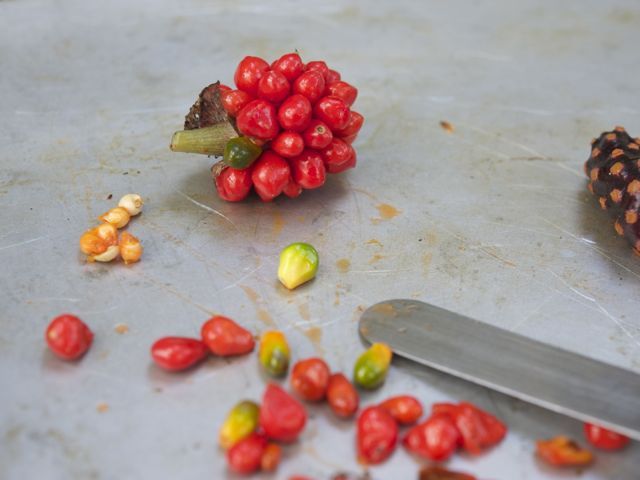
photos by gluttonforlifeAlthough this looks a bit like some exotic fruit, it's actually a seed cluster of the Jack-in-the-Pulpit, variously known as Arisaema triphyllum, bog onion and Indian turnip. This herbaceous perennial grows from a type of corm, not totally dissimilar to crocus and freesia. A highly variable species—some can grow up to 5 feet in height—it's native to eastern North America, found in wet woodlands and thickets, and generally flowers between April and June. Using heat and smell, it attracts the flies responsible for its pollination. The Jack-in-the-Pulpit has a charming, fairy-tale look characterized by its arcing and curving "hood," often with dramatic burgundy stripes on the inside. Its fruit are clusters of smooth, shiny green berries which ripen to a brilliant red in late summer before the plants go dormant. Each berry typically produces between one and five pale-colored rounded seeds. My friend Michael was kind enough to bring me a few scarlet clusters from his plants this season, with instructions to pop each berry "like a zit" to extract the seeds. They need to be planted in a damp, mossy area before the first frost.
Unlike most plants, which contain both male and female parts, Jack-in-the-Pulpits each have either male or female flowers. If you carefully open up the front and look inside, you'll see the male has tiny yellowish brown "anthers" fuzzy with pollen and the female has a cluster of tiny green berries. Once the male plant has finished blooming, the floral structure withers and dies. But if the female flowers are pollinated, they persist throughout the summer, in a collapsed state, and the berries keep on growing. Once they turn red, birds eat them and then poop them out (along with a bit of fertilizer) so they can take root elsewhere.
The plant contains a lot of calcium oxalate crystals which can burn the skin and the eyes, so Michael warned me to handle it only when wearing gloves. Raw consumption results in a powerful burning sensation and can cause irritation of the mouth and digestive system, but if the the plant is properly dried or cooked it can be eaten as a root vegetable, as the Native Americans did (thus Indian turnip). Supposedly they also made treatments from it for sore eyes and snakebites. All I know is, in its blooming state, it's definitely a sight for sore eyes.
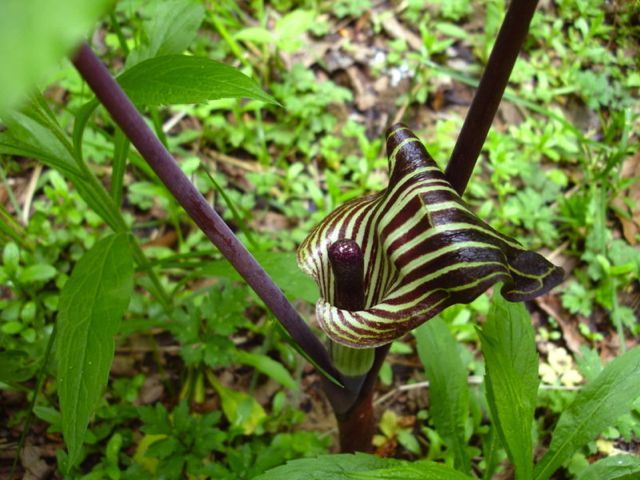
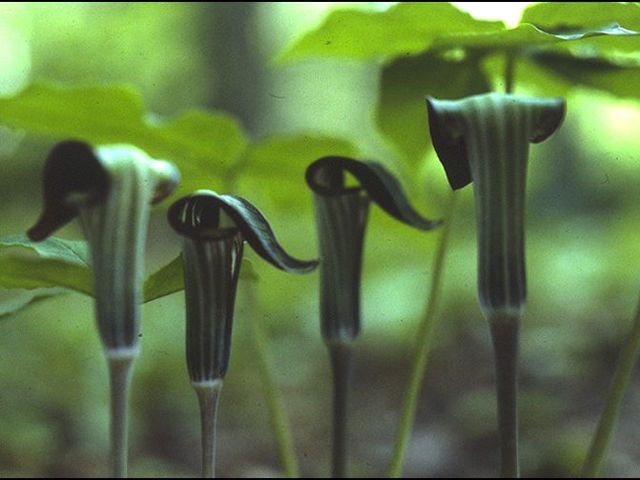
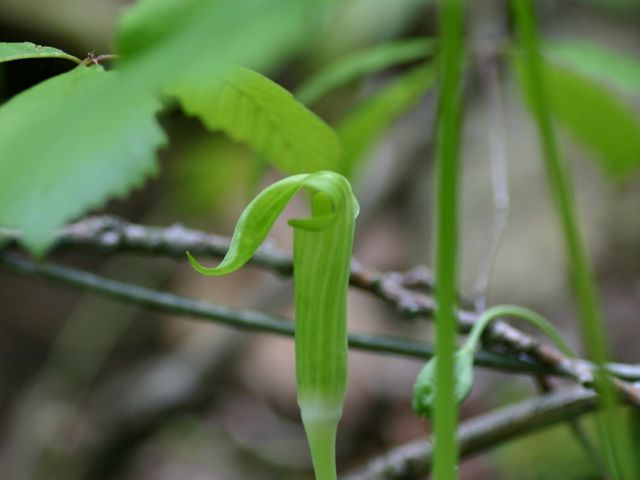






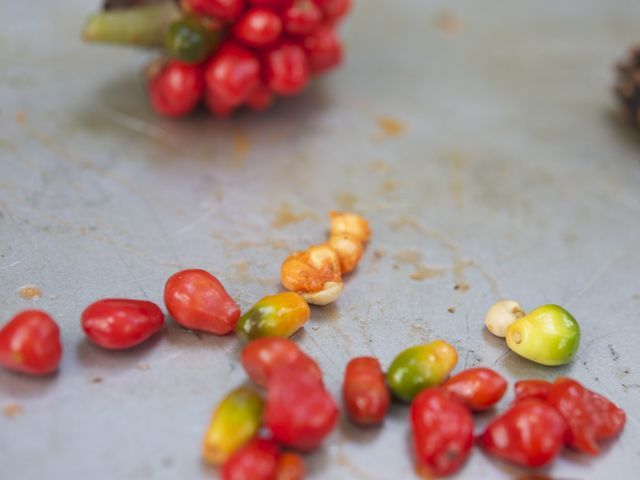

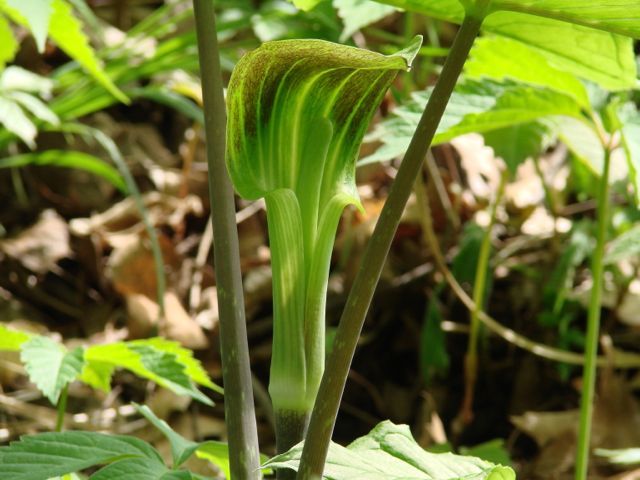
0 Comments